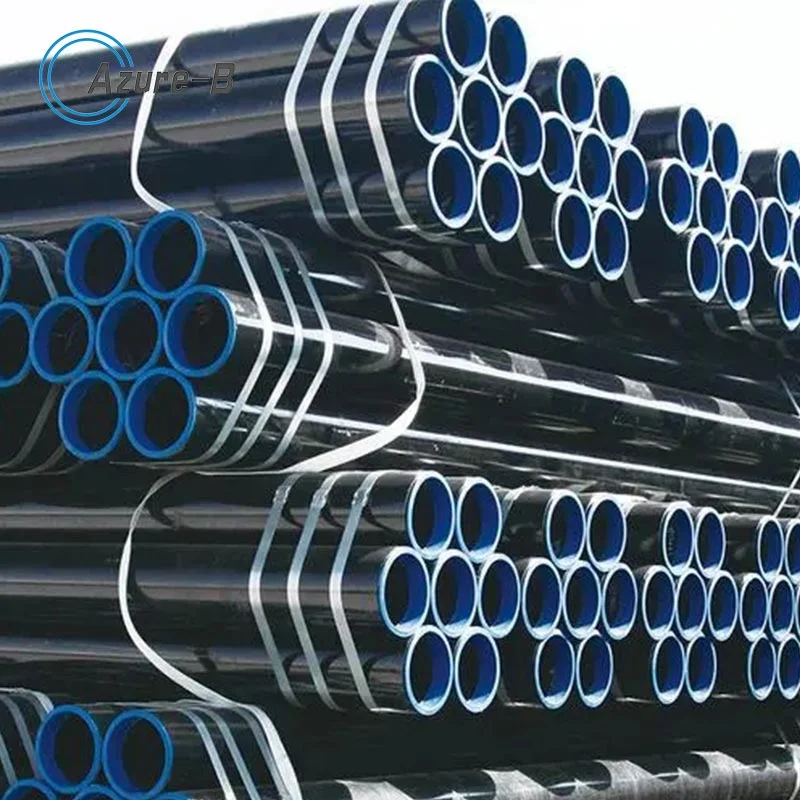The Hidden Price of Aging Pipes: Navigating the Cost to Replace Galvanized Plumbing
Behind the walls of homes across America, hidden networks of galvanized steel pipes quietly deliver water. Though galvanized plumbing ruled the 20th century, age inevitably brings corrosion and leaks. Homeowners face tough decisions weighing replacement costs versus ongoing maintenance of aging pipes.
In this blog, we’ll explore the factors that influence the cost to replace galvanized plumbing. You’ll learn warning signs your pipes need replacing and smart ways to budget and manage the project costs. With some planning and pro tips, you can make the inevitable transition from galvanized to modern piping as smooth as possible.

Deciphering the Lifespan of Galvanized Pipes
Galvanized steel pipes were the go-to plumbing material from the 1930s through the 1980s. Coating the exterior of steel with zinc protects against corrosion and delivers decades of reliable service. So what’s the lifespan?
While galvanized pipe can last over 70 years in ideal conditions, 50 years is a more typical average. But factors like water chemistry, temperature fluctuations, and installation quality drastically impact durability.
Signs like frequent clogs, drops in water pressure, rusty water, and leaks point to pipes exceeding their functional lifespan. Failure risks and maintenance costs rise, making replacement prudent.
Cost Factors for Re-Plumbing with PEX PEX (crosslinked polyethylene) is considered the best option when replacing galvanized plumbing. Choosing PEX will influence your project costs
-Pipe material – PEX is more expensive per foot than galvanized. But it saves on labor.
-Pipe size – 1/2” PEX for standard residential branches. 1” for main lines.
-Number of fixtures – More sinks, tubs, appliances = more pipe required.
-Accessibility – Easy attic access lowers costs. Concrete slabs are difficult.
-Professional vs DIY – Hiring a pro ensures proper installation but adds expense. -Added repairs – Replacing worn valves and fittings while walls are open.
PEX material costs are just one line item. The extent of repiping and accessibility also sway overall budgets
Estimated Costs for Common Home Layouts
Let’s look at typical price ranges for homes requiring full galvanized plumbing replacement:
-Small 2 bedroom, 1 bath ranch (~1,200 sq ft) – $4,000 to $8,000
-3 bedroom, 2.5 bath 2-story (~2,000 sq ft) – $8,000 to $12,000
-Large luxury home (4+ bedroom, 3+ bath, >3,000 sq ft) – $15,000+
As a general rule, plan for $6 to $10 per square foot of living space. Extensive repiping jobs in larger homes can exceed $20,000.
Savings and Financing Options
Repiping an entire home is no small investment, but there are ways to reduce costs:
-Snaking problem pipes – Try clearing blockages before replacing entire sections.
-DIY nearby sections – Self-install accessible pipes to save on labor.
-Combine with remodeling – Open walls from other projects make repiping easier.
-Repair foundation leaks first – Prevent any external moisture from accelerating corrosion.
-Shop material sales – Look for PEX deals at home improvement stores.
For major jobs, financing can soften the budget impact:
-Cash-out mortgage refi – Tap home equity to fund repairs.
-HELOC – Credit line using home as collateral. Only pay interest on what you borrow.
-Personal loans – Receive lump sum for big projects. Allows fixed monthly payments.
-Retail credit cards – Often offer 12+ months of interest-free financing.
With wise planning, you can tackle major re-plumbing without breaking the bank. Prioritize repairs and take advantage of financing to dull the cost impact over time.
The Rewards of Repiping
Replacing aged galvanized steel plumbing requires a significant upfront investment. But removing corrosion-prone pipes also eliminates the perpetual risk and unpredictable maintenance costs of an outdated system.
The payoff comes in enjoying consistent water flow and pressure. You’ll rest easy knowing pipes are flowing freely versus slowly accumulating scale and rust inside your walls. No more unpleasant surprises like sudden leaks or drain backups.
Consider your repiping project an investment in your home’s future value and function. Though the price tag might make you wince initially, take comfort in the fact that your modern PEX system should serve the house reliably for decades to come. Prioritize pipe replacements before problems arise to keep your plumbing, and your budget, running smoothly for years ahead.

